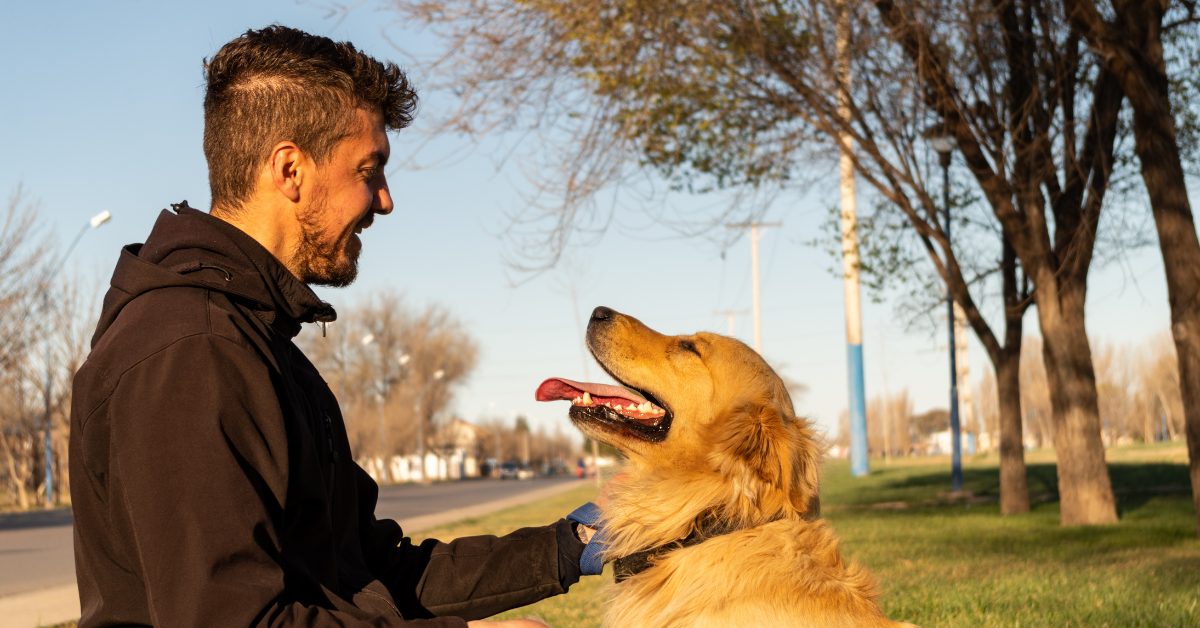

Some dogs get up and get dressed to go to work like the human population. These dogs, often recognized by their vests or ID tags, are service dogs. September is Service Dog Awareness Month. How much do you know about service dogs?
Definition
According to the Americans with Disabilities Act (ADA), a service dog is defined as “a dog that is individually trained to do work or perform tasks for a person with a disability.” You may be familiar with seeing different types of service dogs: guide dogs; medical alert dogs; or psychiatric service dogs.
And other types of dogs have support roles for people, but do not meet the definition of a working dog to qualify for the accommodations under the ADA. For example, emotional support animals and therapy dogs play a significant role to the individuals they serve. But, these animals are not considered ADA defined service dogs.
Training
The AKC reports that both for-profit and non-profit organizations train services dogs. The cost to train a single dog can exceed $25,000. Standards are high for these dogs. Dropout rates range between 50 and 70 percent.
A fact that surprised me was that service dogs do not have to be professionally trained per the ADA. So, an individual could train their own dog. The AKC suggests the ideal candidate have the following characteristics:
- Be calm, especially in unfamiliar settings
- Be alert, but not reactive
- Have a willingness to please
- Able to learn and retain information
- Be capable of being socialized to many different situations and environments
- Be reliable in performing repetitive tasks
Interaction
It’s important to note that not all service dogs wear vests. And like all dog etiquette, requesting permission to approach or pet a dog. Service dogs are not considered pets, but rather working animals.
If you want to find out what it is like to have a service dog, check out a first-hand account on the AKC’s website: https://www.akc.org/expert-advice/news/what-its-really-like-to-have-a-service-dog-national-service-dog-month/
Other Recent Blog POsts

Celebrating The Original Floofins’ Sweet 16
July 24, 2024
Emergency Planning for Your Home & Pet
July 18, 2024
Beyond the Blurry Phone Pic: Schedule Professional Pet Photos Instead
July 10, 2024
Keeping Chicago Pets Safe on the Fourth of July
July 1, 2024
Why Floofins & Co. Leads the Pack
June 26, 2024
